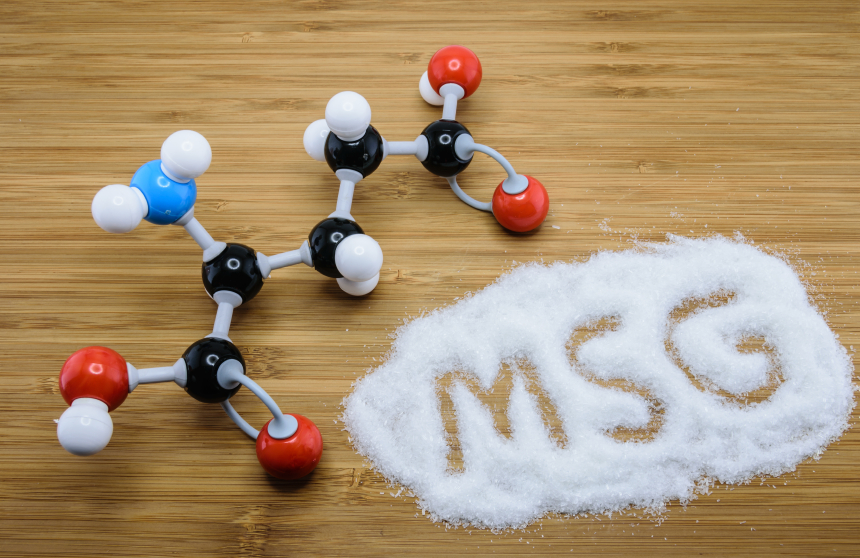
|
If your workers are exposed to flavorings, whether they are artificial or naturally occurring, you will want to beef up your hazard communication and exposure control measures with some of the strategies below.
Practicing Safe Flavoring
NIOSH recommends that employers minimize occupational exposures to flavorings and flavoring ingredients by implementing standard industrial hygiene practices consistent with the hierarchy of controls. These include:
- Substitution. If you are adding flavorings to a food product, it may be possible to substitute less hazardous flavoring. Be sure not to make the mistake of thinking that a chemical whose hazards are less well-known than those of diacetyl is a less hazardous chemical.
- Engineering controls. Engineering controls like closed systems, isolation, or local exhaust ventilation can dramatically reduce exposures. One study followed the implementation of exposure controls, including engineering controls, at a microwave popcorn facility for three years; the engineering controls “markedly reduced air concentrations of flavoring chemicals.” Engineering controls are especially important at points in the process where flavoring chemicals could be aerosolized, such as mixing tanks. Close transfer systems provide the greatest protection, but when that is not feasible, employers should at least implement local exhaust ventilation.
TrainingToday Environmental, Health, and Safety Library—Web-Based Training Courses for Supervisors and Employees: Professionally Developed, Up to Date, Engaging, and Ready to Use! Check it out today!
- Administrative controls. Housekeeping and work practices that minimize contamination and the aerosolization of flavoring chemicals can further reduce exposures.
- Information and training. Workers should know about the potential hazards of exposure to flavoring chemicals, and should be fully trained in safe work practices and the protective measures that are in place.
TrainingToday Environmental, Health, and Safety Library features ready to use, web-based training sessions prepared by BLR’s award-winning legal editors and employment lawyers. To learn more click here!
- Personal protective equipment (PPE). If exposures are still concerning once other controls are in place, PPE can further reduce exposures. NIOSH recommends that respirators used to minimize exposures to flavoring-related chemicals should protect against both organic vapors and particulate matter. Protection for acid mists may be required, depending on which chemicals are utilized in production.
- Exposure monitoring. With a chemical for which there is no known safe exposure level, monitoring workers is especially important. NIOSH recommends that employers monitor occupational exposures, workers’ health status, and potential symptoms or cases, and that they report symptoms or cases both to NIOSH and to their state health departments. Specifically, NIOSH recommends that workers exposed to flavoring chemicals in flavoring manufacturing plants and workers exposed to butter-flavoring chemicals in the production of different food products should have their lung function checked with spirometry on a regular basis for abnormalities or excessive declines in lung function that may be work-related.
Need more hazard communication and exposure control recommendations for emerging hazardous substances? Find what you need at Safety.BLR.com®.
